Chettle House: Almost a ruin 200 years ago; a triumph today — 'Everything about the house is novel and ingenious'
Chettle House, Dorset, is the home of Tom and Rosamond Sweet-Escott, whose major restoration project saw them win a Georgian Group award in 2019. The work revived a magnificent house inspired by the architecture of Baroque Rome, as John Martin Robinson reports. Photographs by Paul Highnam for the Country Life Picture Library.
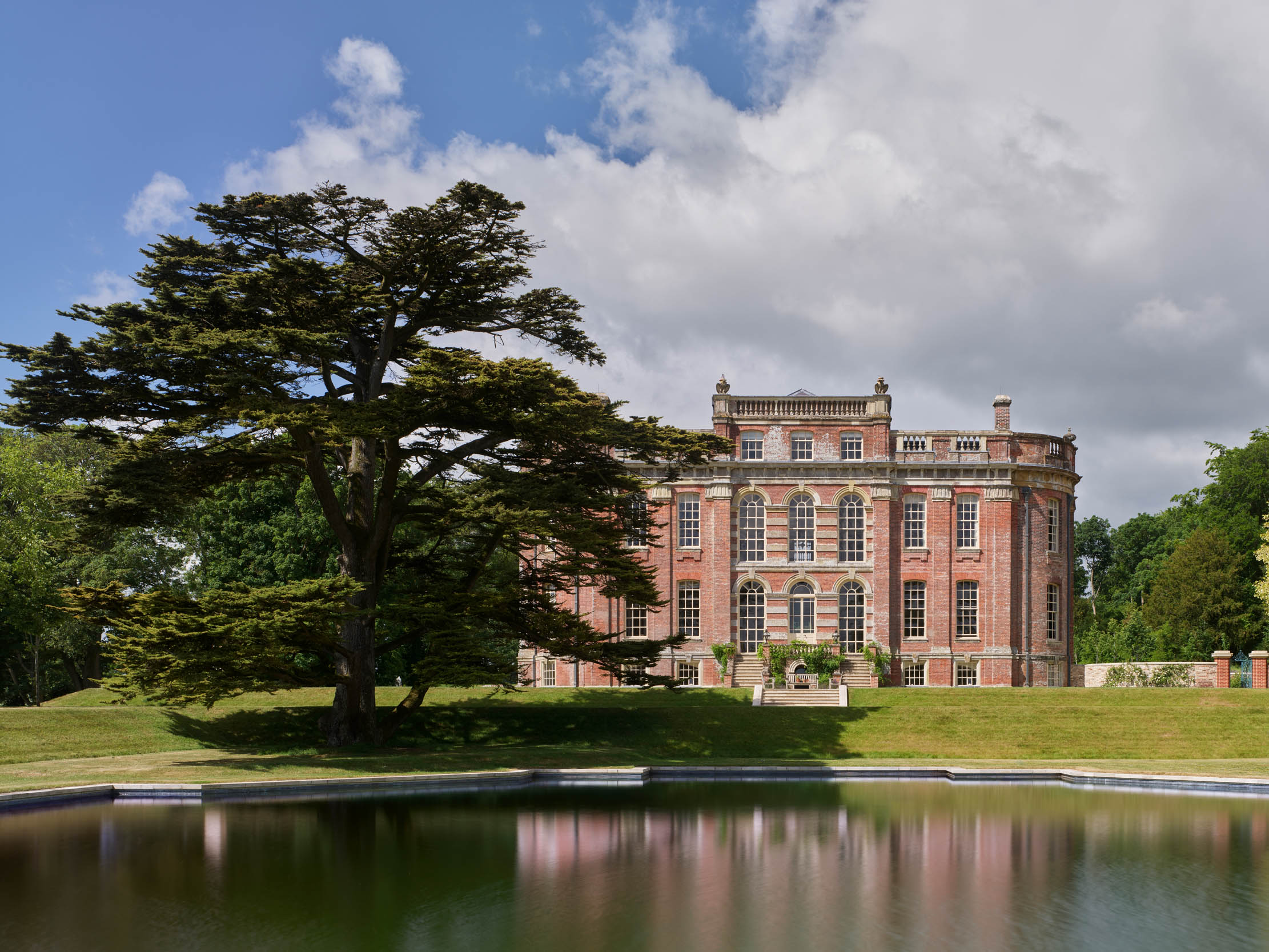

Chettle is the finest surviving Baroque house in Dorset and has recently been carefully restored by Hugh Petter of Adam Architecture. The surrounding formal garden has also been reinstated to the original concept, with axial vistas, claire-voie, reflecting pool and symmetrical quincunxes, as an integral part of the architecture. Now, it can be fully appreciated once more as an 18th-century design and an accomplished work by Thomas Archer, to whom it was first attributed on stylistic grounds in a pioneering article by Geoffrey Webb in Country Life in 1928.
Webb (1898–1970) was one of the first modern British architectural historians, a member of the Bloomsbury Group, friend of Roger Fry, Slade Professor of Fine Art at Cambridge and head of the Monuments and Fine Arts section of the Allied Control Commission in Europe at the end of the Second World War. He wrote for Country Life and The Burlington Magazine and is remembered as a medievalist, but he was one of the first historians to study the English Baroque as a stylistic entity when it was barely recognised, let alone understood. His writing on Vanbrugh and Hawksmoor in the 1920s preceded Kerry Downes’s studies by 40 years.
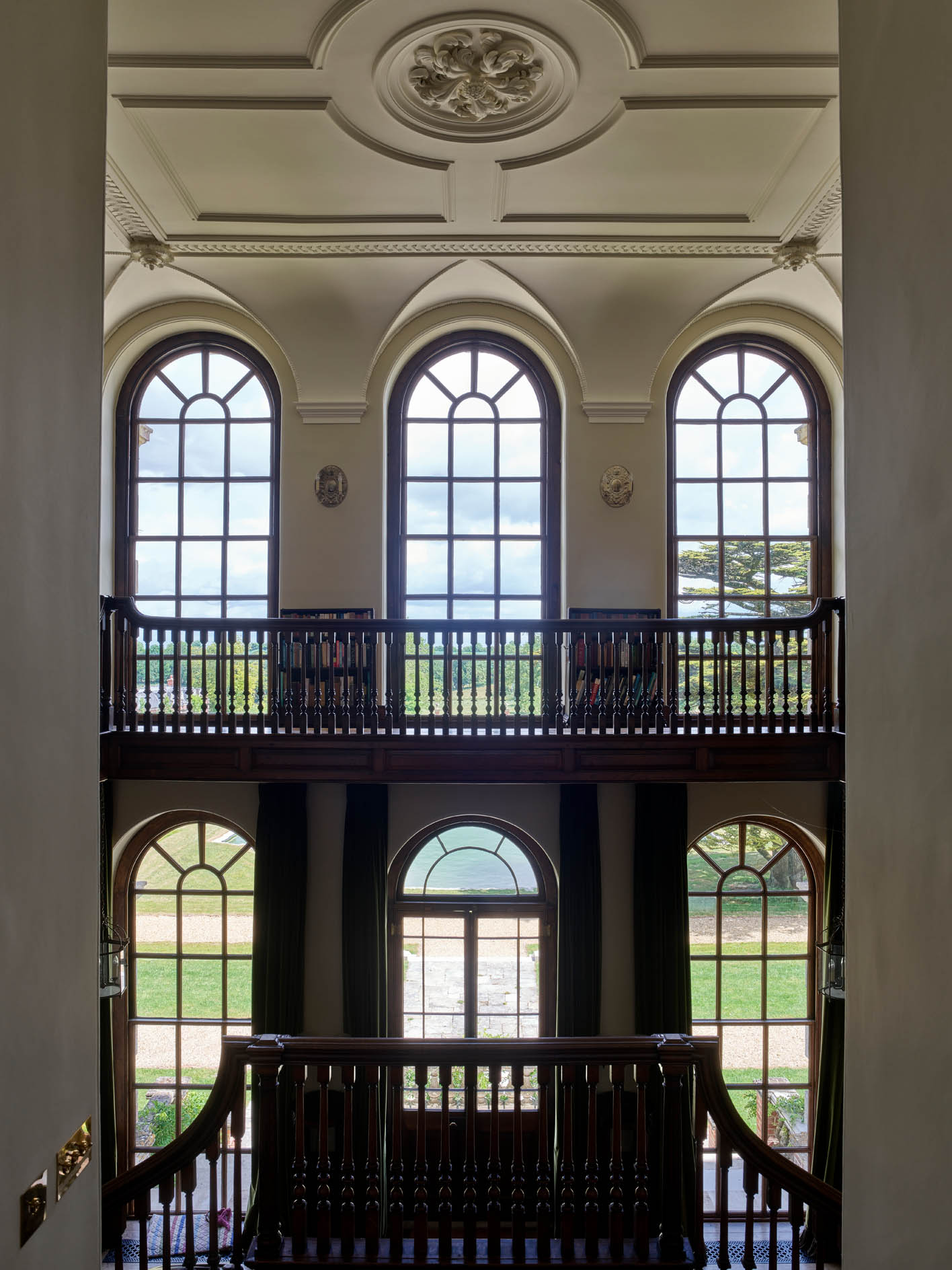
Webb’s attribution of Chettle to Archer has not only stood the test of time, but has been proved beyond doubt by later discoveries of related documentary material. Indeed, the research and writings on Chettle since the Second World War by Arthur Oswald, former Architectural Editor of Country Life, Prof Marcus Whiffen, Sir Howard Colvin and John Harris, as well as, more recently, Helen Lawrence-Beaton, are a textbook demonstration of the developing maturity and professional sophistication of English architectural history as it rose to international academic pre-eminence from the 1950s. Dr Lawrence-Beaton generously made her own research available for this article.
As a mature design by Archer, Chettle shows, more than any other country house, the debt of English Baroque designers to the Roman architect Francesco Borromini, who committed suicide in 1667. In some ways, Wren, Vanbrugh, Hawksmoor and Archer were more the successors to Borromini than were later Roman designers; especially Archer, who studied the Baroque at first hand on his Grand Tour.
From Borromini comes not only the exuberantly idiosyncratic detail in Archer’s work — lugged scroll architraves, wild broken pediments and bizarre made-up Classical capitals — but his sense of geometric form and plasticity of curved surfaces and what Vanbrugh called ‘movement’ in composition. All this is revealed to perfection at Chettle with its unusual plan and curved brick elevations.
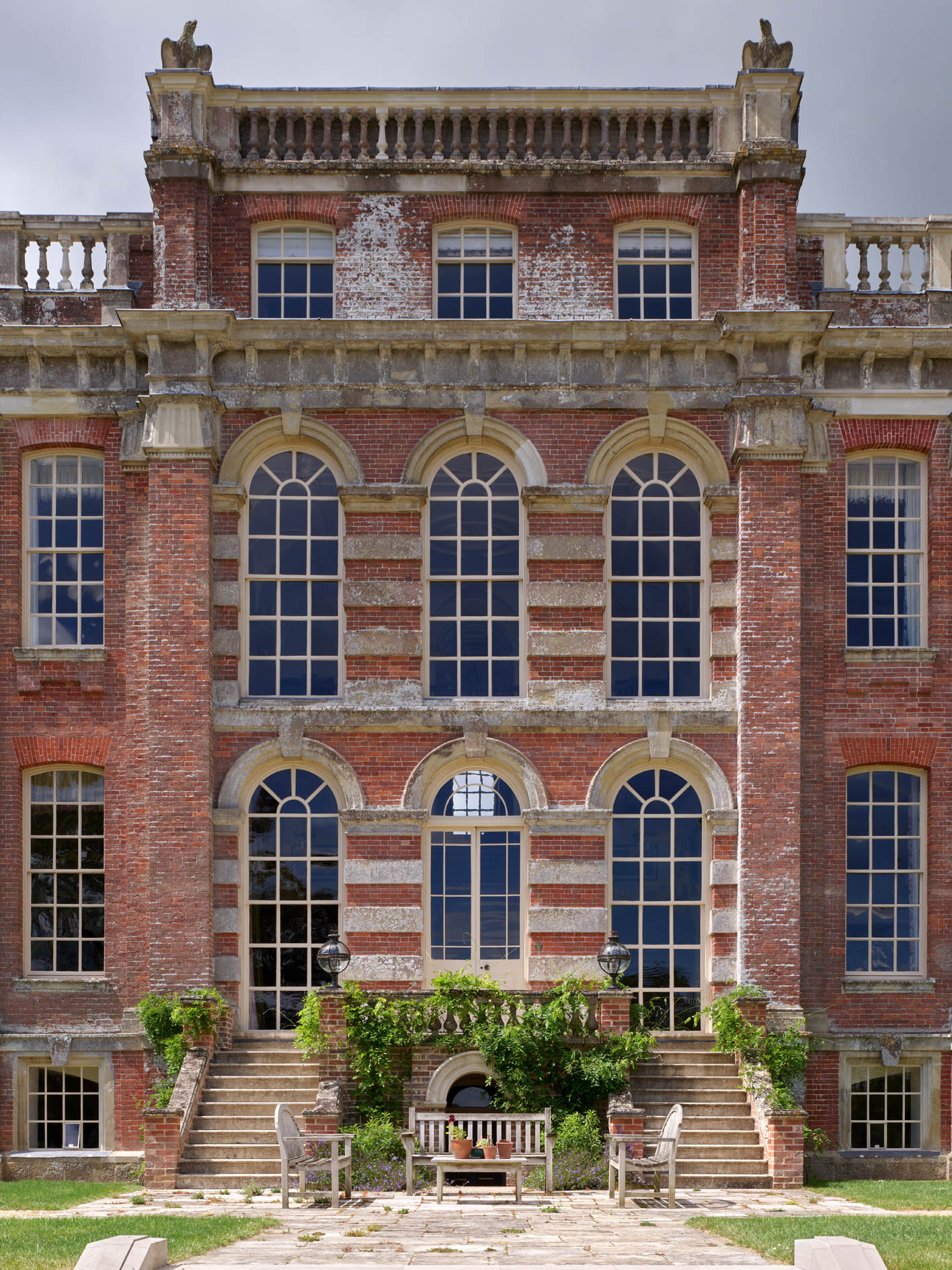
The house was built in about 1715 for George Chafin (1689–1766), a Dorset landowner descended from medieval Salisbury textile merchants, Ranger of Cranborne Chase and a Tory MP for 40 years. His family had acquired Chettle from the Crown in 1572 and his grandfather Thomas had built a house there, not necessarily on the present site, but nearby.
When Chafin inherited in 1711, and following his marriage to Elizabeth Sturt of Horton in 1714, he demolished the old house and built the present far more sophisticated one. He would have known Archer in London from the latter’s Court position as Groom Porter, responsible for supervising gaming in the Royal Palaces, and also as a neighbouring landowner; Archer’s own seat at Hale Place was just over the Hampshire border.
Exquisite houses, the beauty of Nature, and how to get the most from your life, straight to your inbox.
Archer’s lucrative Court sinecure meant he was not dependent on architecture for a living, which enabled him to concentrate on the Queen Anne new churches (of which he was a Commissioner; he designed those at Smith Square and Deptford himself), and the houses of fellow gentry and the nobility, his earliest work being for the Dukes of Devonshire and Kent at Chatsworth and Wrest.
An interesting aspect of Chettle is that it was not built by one of the excellent local building dynasties, the Bastards of Blandford or the Iresons of Wincanton, but by Francis and William Smith of Warwick. Archer had met them over plans to re-build Warwick after the 1694 fire in the town; they had also worked for Archer’s older brother Andrew at Umberslade, the Archer family seat in Warwickshire. The Smiths were the doyens of Georgian master-builders, noted for their honesty and reliability, so a good choice at Chettle.
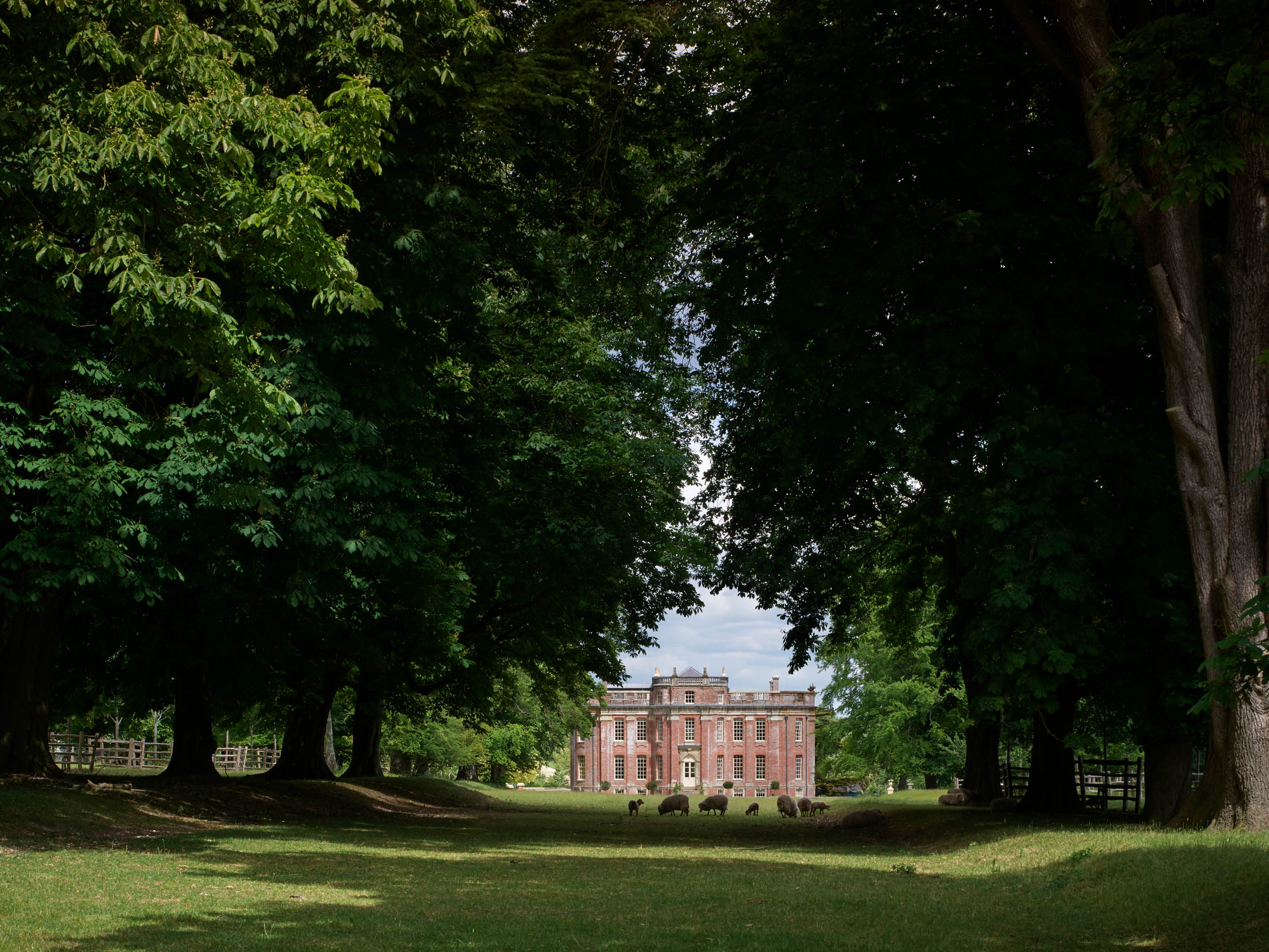
Smith’s involvement is recorded in a letter of 1718 in the Williams Wynn papers, which mentioned that Chafin’s house was ‘built by Smith’s brother’, and a reference of Francis Smith’s own in 1721 said he was going ‘to conclude some business that I had in Dorsetshire’.
Archer’s role as the designer of Chettle is attested not only by the stylistic evidence and comparison with Marlow Place, Buckinghamshire, but by the survival of his (unsigned) plan in the Colin Campbell papers in the RIBA Drawings Collections, alongside one for his largest house, Heythrop in Oxfordshire.
It is thought Archer gave these drawings to Campbell for inclusion in Vitruvius Britannicus, although they weren’t published in the first edition, possibly because they were too outré for the increasingly purist taste of the Anglo-Palladians. Horace Walpole spoke for his contemporaries when expressing horror at the weird originality of Archer’s designs and described Chettle as ‘frightful’.
Everything about the house is novel and ingenious. It towers over its surroundings with two main floors and an attic over a visible basement storey, the extra-tall windows comprising double-hung nine panes, as opposed to standard six-pane sashes, all emphasising the height. The rippling curved elevations are articulated by tall brick Doric pilasters. The Chilmark-stone capitals are novel to a degree, bulbous confections of triglyphs comparable to Borromini’s wilful adoption of stars and similar strange details in his capitals.
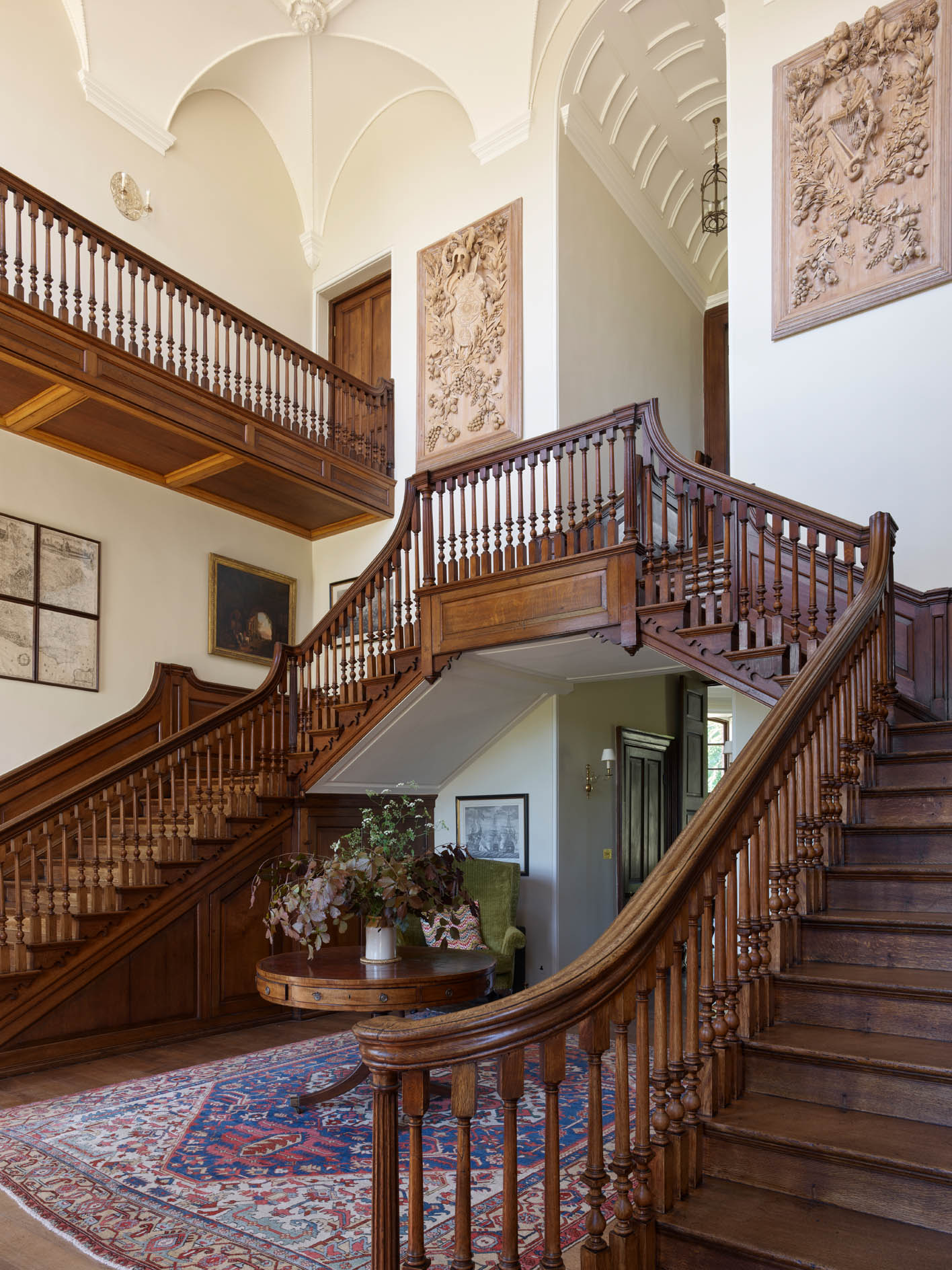
Unconventional and impressive as the exterior remains, the north elevation has lost its most idiosyncratic feature, a large crowning Baroque pediment of broken form. This was a favourite detail of Archer’s and can still be seen at St John’s Smith Square, but was more strikingly expressed in two of his houses, Roehampton Lodge in Surrey (where it has also been removed) and Monmouth House, Soho (now demolished).
The broken pediment at Chettle contained a central viewing platform in its jaws, so to speak, from where there was an excellent prospect over the formal gardens. The complicated roof form was, no doubt, the practical cause of its demise, as, presumably, it leaked and was impossible to maintain in the English climate.
Some other of Archer’s idiosyncrasies were also removed in the 19th century, including the upper floors of the distinctive rounded-end elevations. Amazingly, however, these were reinstated in 1910, during a remarkably sympathetic restoration. The mutilation and reinstatement of Archer features are an interesting aspect of the house’s development.
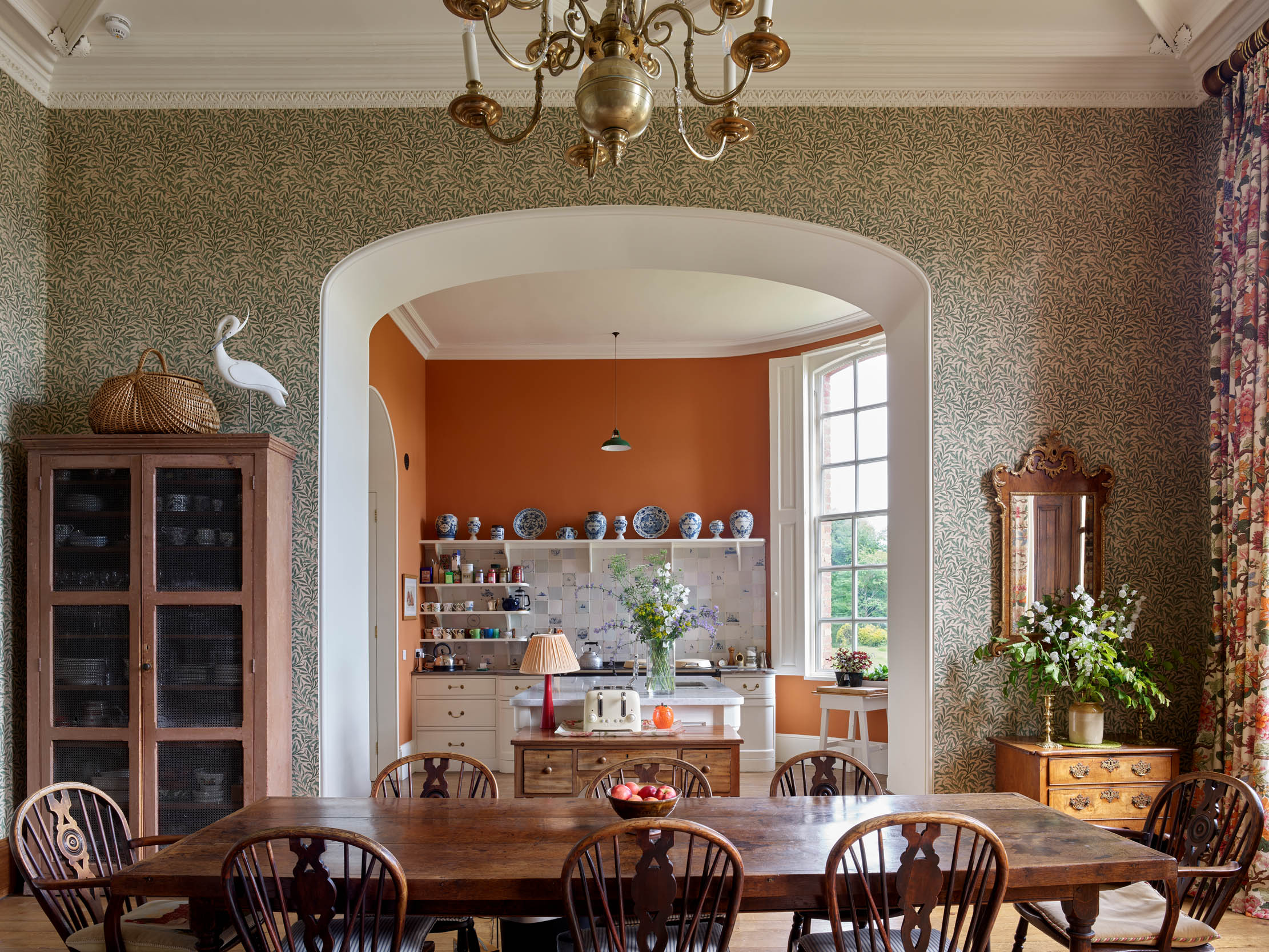
The later history of the Chettle estate is one of decline. Chafin’s son, also George (1716–76), gambled away the family fortune. He staked all his land in Hampshire and Dorset on a wager and lost, having to borrow money to pay his debts. He didn’t live at Chettle, which was let from time to time, and fell into disrepair.
In the early 19th century, it was described, possibly with some exaggeration, as ‘practically a ruin, no floors or ceilings. All the window sashes were gone and the house was used for storing grain’. The place was put on the market in 1825 and, after complicated legal disputes over mortgages and money lenders, was acquired in 1846 by Edward Castleman, a solicitor of Wimborne.
He thoroughly repaired the house, reducing its size by demolishing the upper floors of the side bays and carrying out internal alterations to the detriment of Archer’s symmetrical plan, making a large drawing room at the south end and removing one of the spiral stairs. His decorations were in a simple early-Victorian taste that is reminiscent of speculative-built housing in Bayswater or Cheltenham, as Dan Cruikshank has noted.
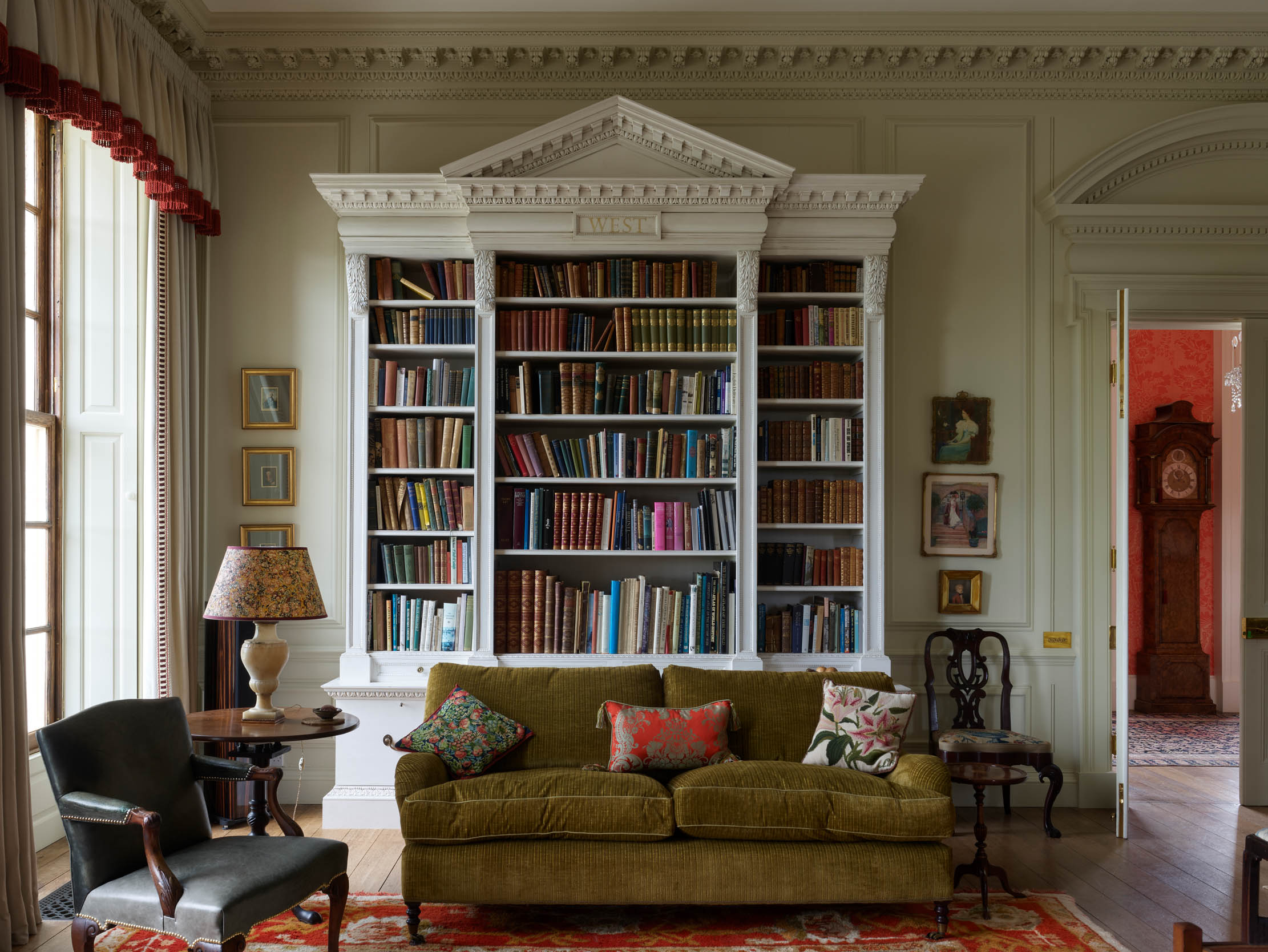
It is suggested that the plaster decoration in the rooms of this period was juvenile work of the sculptor Alfred Stevens, a local boy, but there is no evidence. Castleman’s architect or surveyor was an unknown ‘Mr. Blake of Wareham’. More sympathetic were the new side galleries in the staircase hall copying the original balustrades, which are often mistaken for original features.
Edward Castleman Jnr, who succeeded his father, embarked on further renovations in about 1912, including the full reinstatement of the upper storeys of Archer’s curved side elevations in matching red brick.
These were an essential part of the design and their amazingly accurate restoration, which included copies of the Archer balustrade arms, pilasters with Borrominiesque capitals and cut-brick aprons to the second-floor windows, is completely convincing. If it wasn’t for the photographic evidence, no one would know these crucial features had ever gone and come back again.
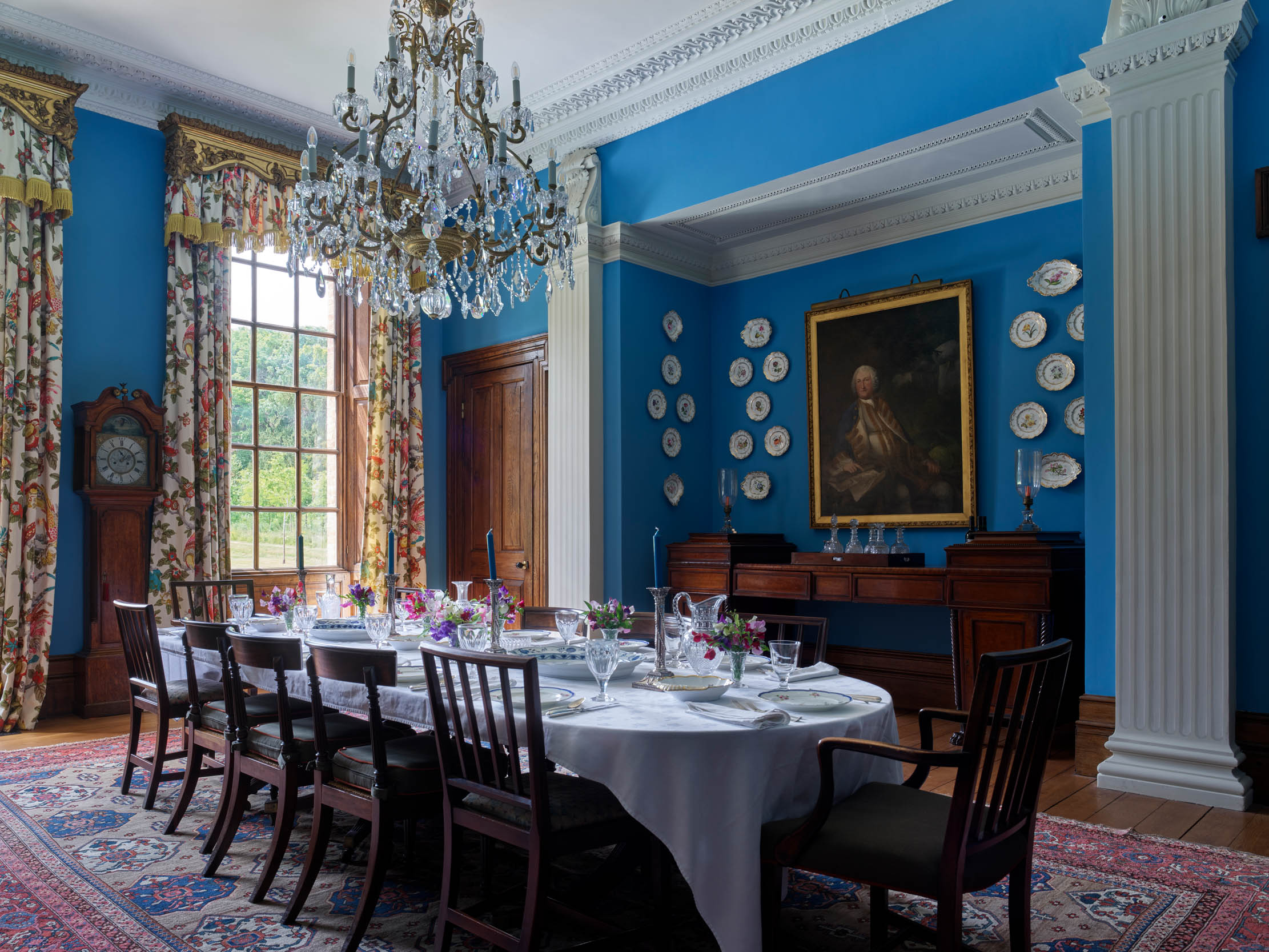
Castleman died without a male heir in 1946 and the estate passed to his nephew and nieces, the Bourke family. They did not live in the house and, in the difficult post-war years, Chettle could easily have been demolished.
The house owed its survival to conversion to flats, including the basement, where the floors were raised; the service court at the north end, which was reconstructed with a utilitarian additional storey; and the main rooms. This kept Chettle occupied, but, gradually, its condition declined and, in 2015, it was put on the market and acquired by the Sweet-Escotts. They are Archer enthusiasts and carried out a splendid restoration, largely completed by May 2018, when they moved in.
Their architect was Hugh Petter of Adam Architecture, a vice-chairman of the Georgian Group and expert in 18th-century buildings. He brought a scholarly approach to the repair of the fabric, renewal of the roof and the enhancement of Archer’s designs, especially the interior. All the windows have been reglazed with Crown Glass panes. Armstrong Builders were the main contractors and the specialist brickwork was carried out by Dazeless Conservation.
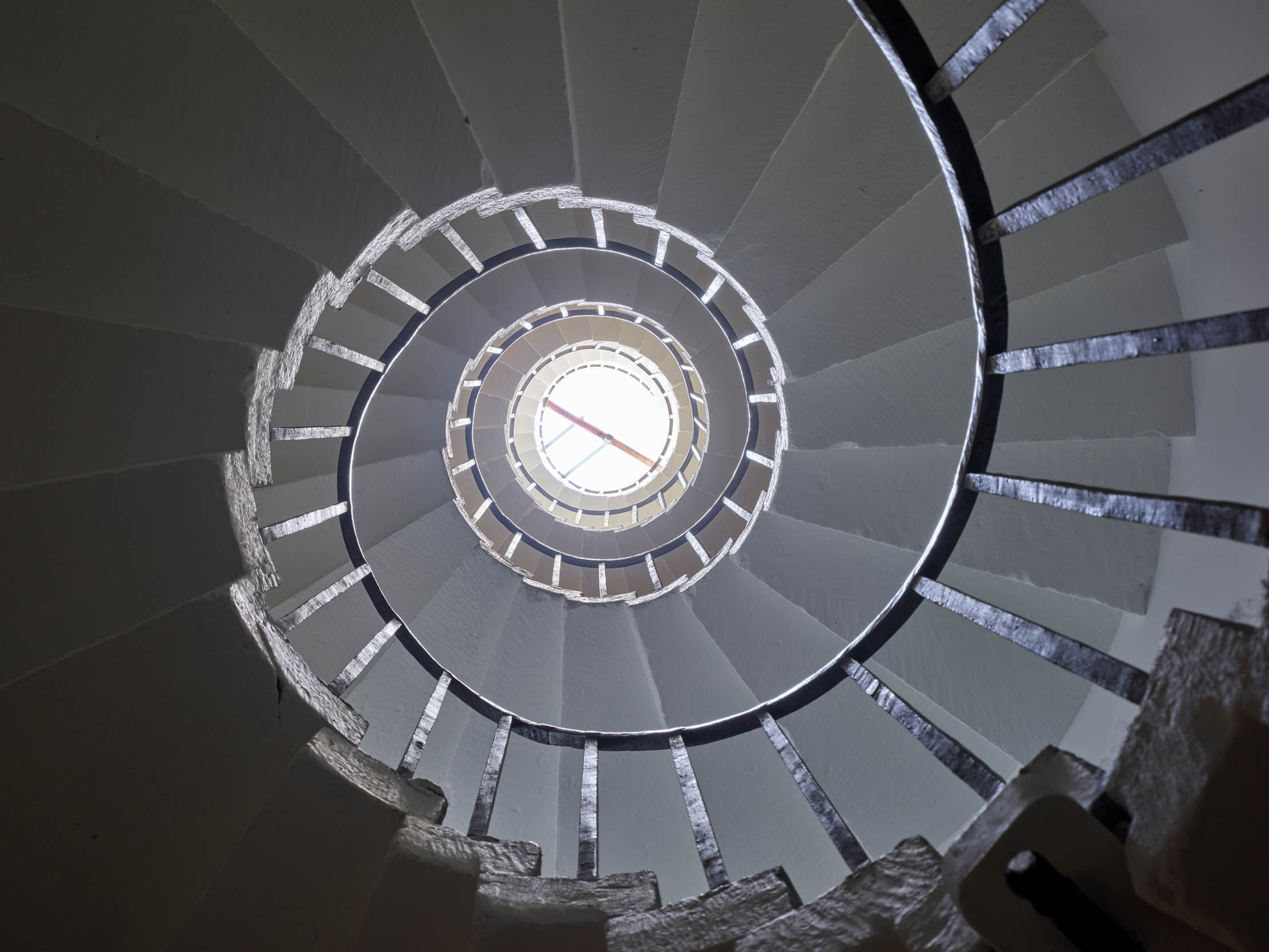
The original plan was a clever arrangement of a central axis with oval entrance hall, paired stone spiral stairs and a dramatic double-height main staircase hall, flanked by matched suites of two rooms, and four small closets tucked into the quadrant curves with corner chimneypieces.
This plan had been affected by the early-Victorian Castleman changes, including the creation of the present dining and drawing rooms on the north and south sides, but the central axis, the clou of Archer’s design, survives as a Baroque set-piece. The west hall within the bow is a handsome space with giant Doric pilasters and frieze, as well as a pair of original bolection-moulded marble chimneypieces.
The central passage runs between twin circular spiral stairs, of which one survives, of cantilever stone construction, giving access to all floors from basement to attic and, originally, the viewing platform within the vanished broken pediment.
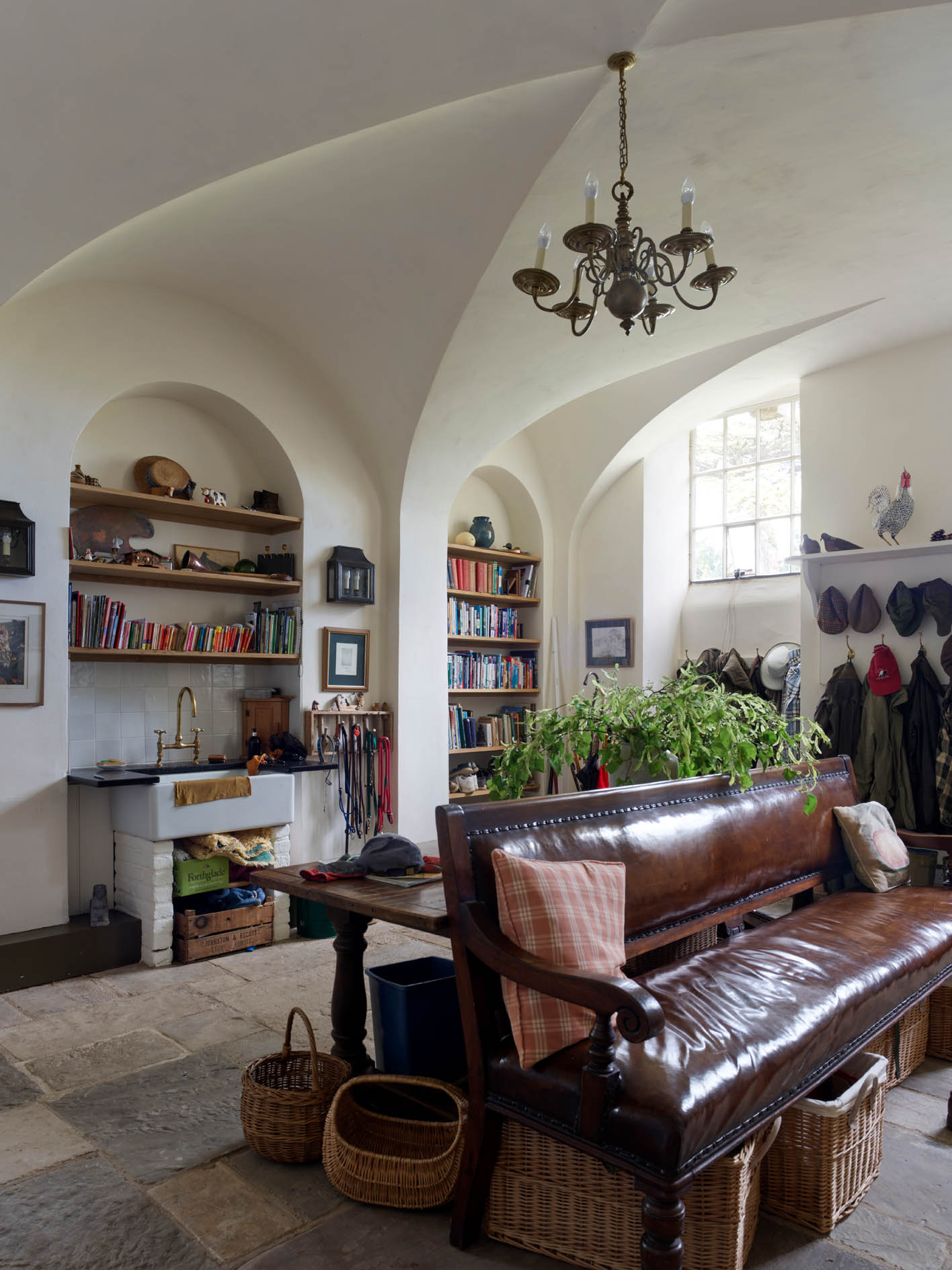
Beyond on the east side of the house is the staircase hall, the most impressive interior. Two storeys high, with a ceiling supported on a plaster groin vault, the hall shows the inspiration of Borromini’s chapel in the Propaganda Fidei in Rome.
The dramatic staircase with oak turned balusters and fluted Doric newels rises in two flights and joins at a balcony. An arching top flight was removed and the two flanking galleries of matching design were added in the 19th century, without detracting too much from the original character, partly due to the re-use of old balusters.
The principal rooms have been furnished and decorated by Ben Pentreath, with Mr Petter. In the drawing room, there are handsome pedimented doorcases and new Kentian bookcases.
In the study, there is a replica bolection chimneypiece and the walls are hung with Chinese wallpaper. The dining room retains its early-Victorian character and sideboard alcove, framed in Doric pilasters with a handsome neo-Classical marble chimneypiece, bold frieze and central rose. The walls are painted a striking blue from Rose of Jericho.
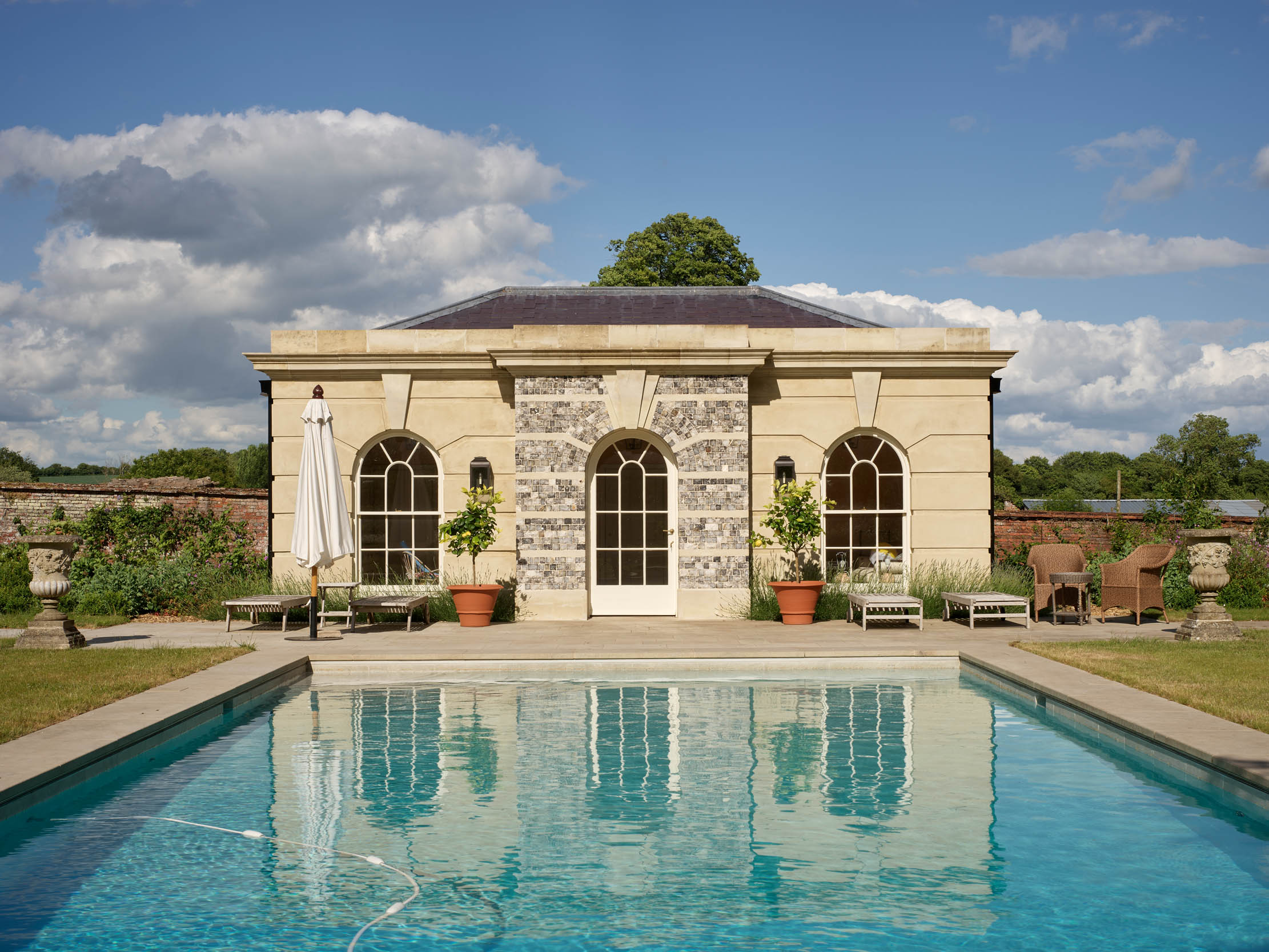
The Victorian morning room adjoining has been enlarged and converted to a modern kitchen, greatly assisting the practical running of the house. In the basement, the original proportions have been fully restored and, with brick vaults and square piers, it is revealed once more as a completely Archer survival.
The restoration has extended to the exemplary redesign of the formal garden, based on research by Dr Kate Felus and carried out by Pip Morrison and Kim Wilkie. A new wrought-iron claire-voie and reflecting pool enhance the central eastern vista with views outwards over the rural landscape.
Next to the new kitchen garden, Mr Petter has designed a Classical pavilion, one of several new buildings, from garages to a garden court on the site of the demolished 1950s wing. The landscape layout and garden is not the least part of the current revival of Chettle and is a crowning tribute to Archer’s architecture, to which it forms a perfect foil.
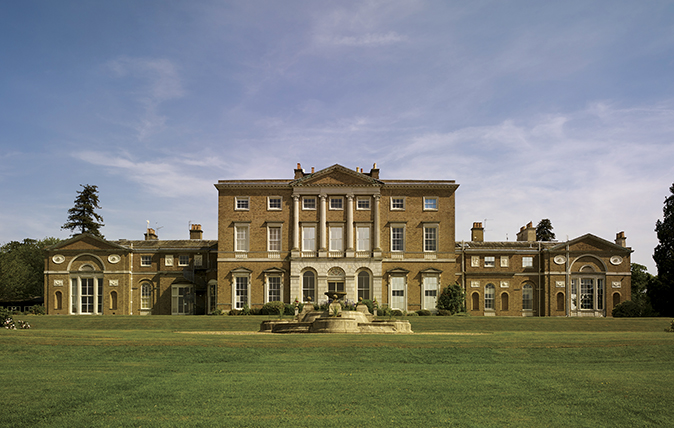
Woodhall Park, Hertfordshire: An exemplary example of restoration that highlights the importance of colour in Georgian interiors
The recent restoration of Woodhall Park underlines the striking importance of colour in our understanding of Georgian interiors, as John
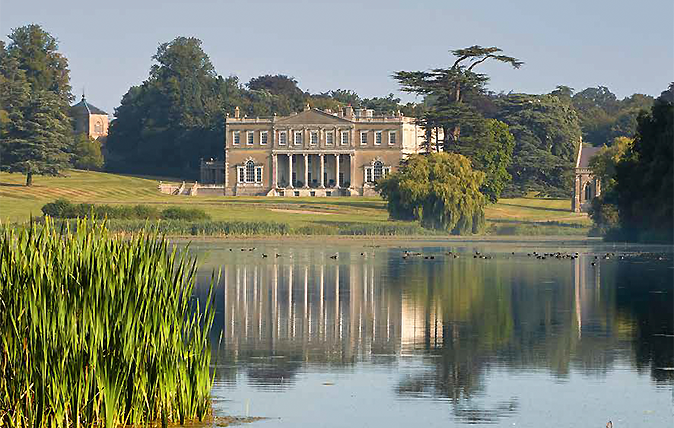
The magnificent puzzle of Crichel, one of Dorset’s grandest Georgian houses
John Martin Robinson is your guide to a place where peeling away one layer only ever seems to reveal several
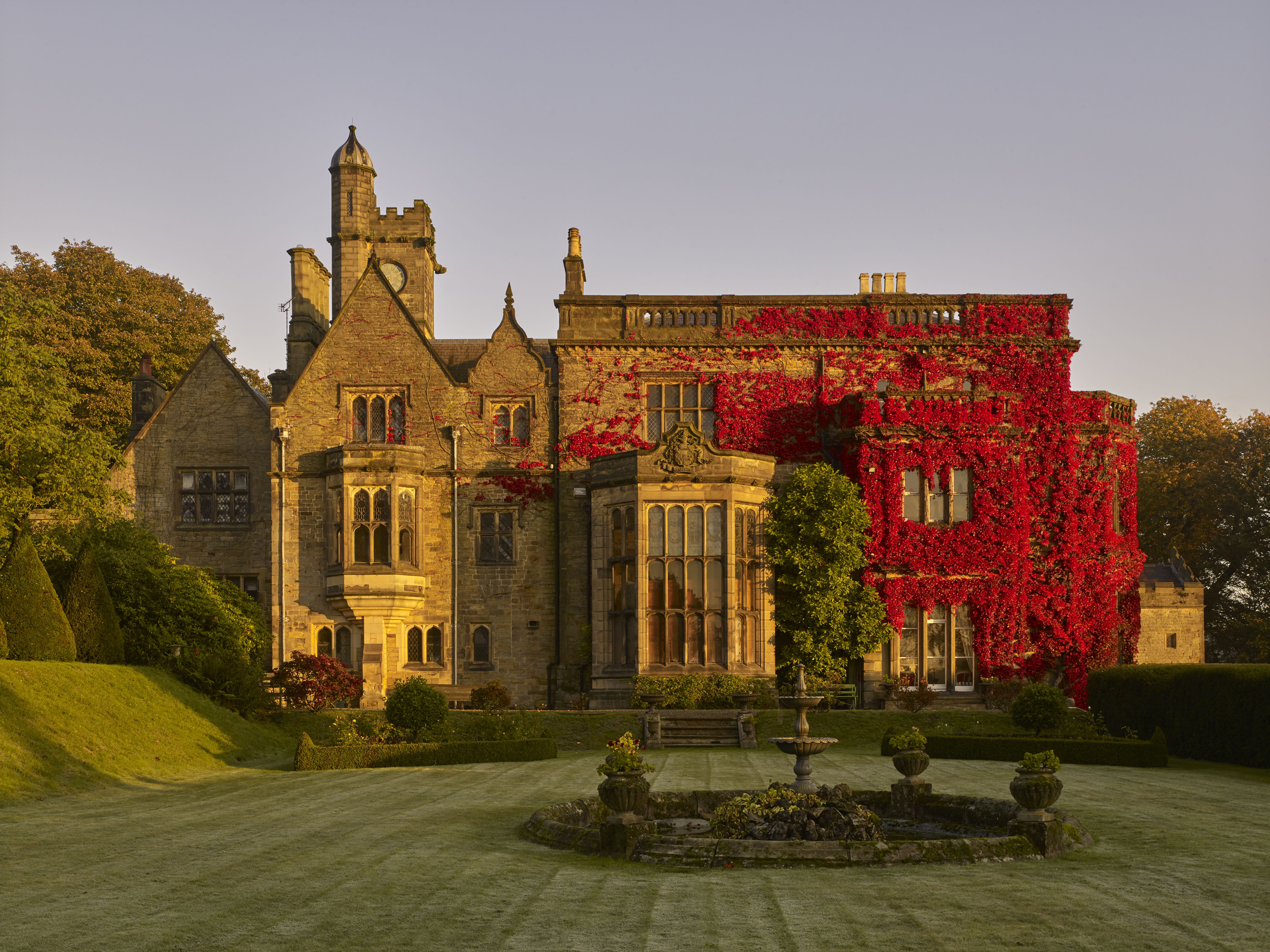
Ogston Hall: A romantic, well-maintained family home, diligently researched and preserved
The characterful re-working of an ancient family house in the 1850s integrated its varied elements into an impressive and coherent
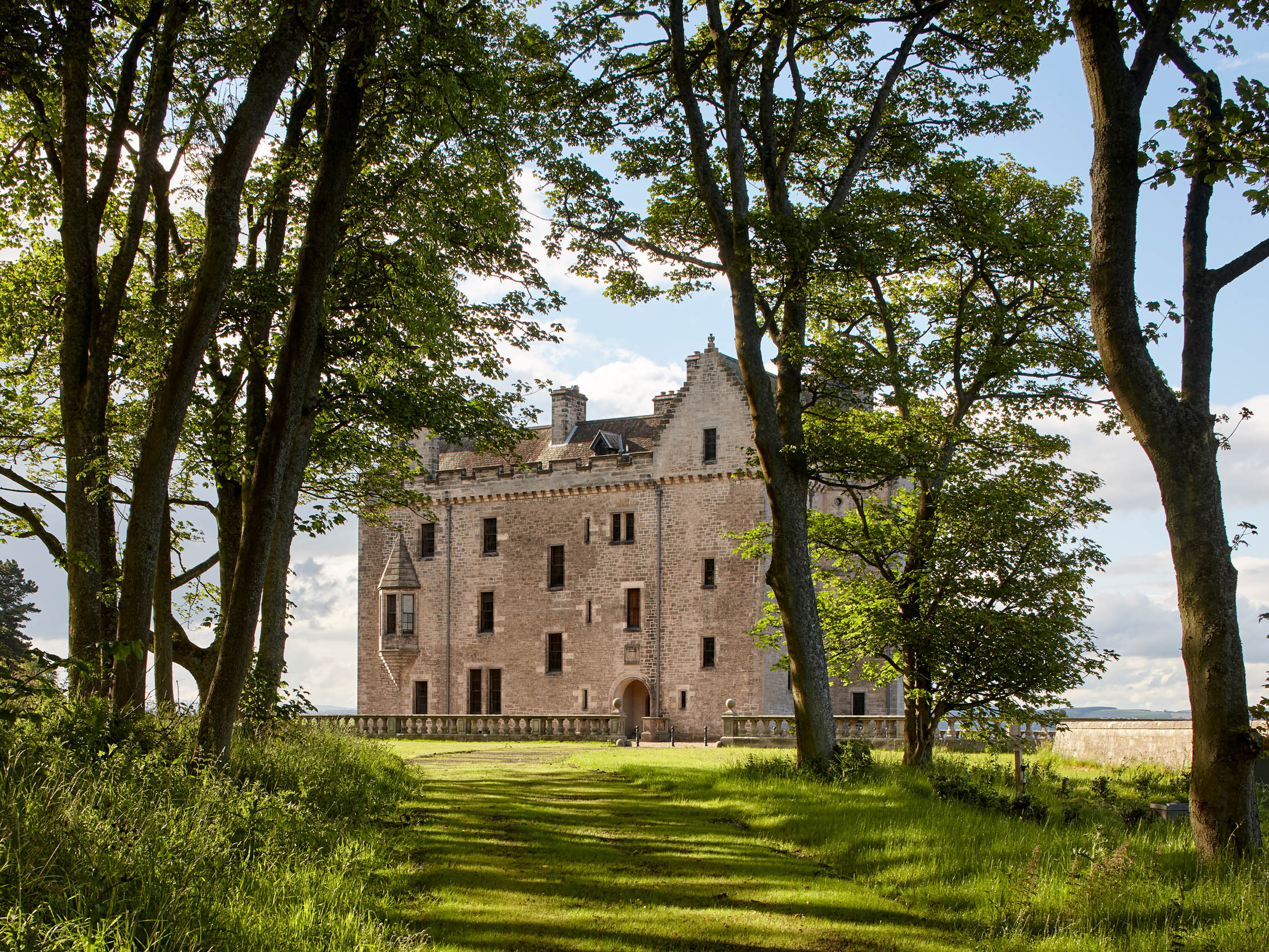
Barnbougle Castle: A book-filled haven in Edinburgh where the water laps up to the garden’s edge
The waterside retreat of the Earl of Rosebery & Midlothian — a celebrated Victorian politician, sportsman, antiquarian and bibliophile —
